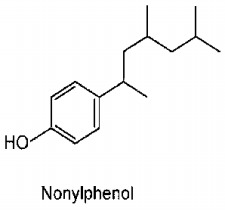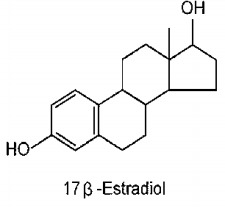|
| > iacl.org > Plastic
Plastic |  | | | Bisphenol in Codes 1, 3 & 7 |
Plastics - the source of controversy. Apparently some of the chemicals used in it's production are not well bonded to the material. This means they can leak out under circumstances involving change of temperature, esp. sunlight and changes in PH. Foodstuffs stored in plastic containers of strong PH characteristics further enabled by being wet against the plastic container's walls could leach certain harmful chemicals into food or beverages. Certainly one sees beets and spaghetti sauce stain plastic. The plastic's chemicals likewise leach into the food. This is caused by weak bonding of various chemicals introduced into plastics during production for various reasons.
Many years ago there was a push to incorporate plastic containers into use for foodstuff. Citing weight advantages, squeeze-ability, not breakable, and superior strength the industry took what was once a glass and paper bag world and transformed it into what we have now. Along the way chemicals used in other industry areas offering advantages such as flame resistance where added into various plastic types.
There are several plastic codes numbering from 1 - 7 usually found on the bottom of the container. Some such as code 5 seem to lack any attributable leaching characteristic that can be tied to health factors while code 3 is a pharmacopeia of embedded bad chemicals.
Here is my rundown of the various plastic codes types. Some are more prevalent than others.
Code 3 Polyvinyl Chloride (PVC) is the absolute worst and highly prone to leach cancerous chemicals including an estrogen mimicking substance called bisphenol which is a slick coating used to treat the interior of aluminum cans and on grocery store receipts. Bisphenol is a BPA. You may have seen the words "BPA Free" on some containers. Heavy metals such as Lead and Cadmium are also used in it's production.
Code 7 Polycarbonate (PC) aka code 0 is a catch-all for all plastic not given a proper code. It is safe to assume it contains the BPA aka bisphenol, an estrogen type f substance.
Code 1 Polyethylene terephthalate, PET or PETE) You may be told it is OK, but some sources think otherwise. It contains Antimony Trioxide a cancerous flame retardant and bisphenol an estrogen mimicking substance.
Code 6 Polystyrene (PS) Contains styrene, a cancerous substance. Unlike code 1 I have yet to find a Code 4 marked container.
Code 5 Polypropylene (PP) is the best. Whatever it may be able to leach it does not have any known health issues other than some vague words from the harshest of critics. It is commonly found in food containers along with codes 1 and 7. Look for it on the bottom of your plastic container.
Code 2 & 4 high and Low density polyethelene (HDPE & LDPE) while not connected to anything cancerous leach nonylphenol which is also an estrogen mimicking substance also leaching out of polyester clothing and being found in measurable amounts in soil and water depending on location.
Nonylphenol, while being on the lower end of the spectrum makes up for that in quantity. Sources cite measurable levels in the water table. In Europe in 2004 the Union voted to remove it's uses in clothing (Polyester). Citing concerns that it readily washes out of clothing, they unanimously voted to ban import of any clothing containing the substance in 2015 and are now in the process of phasing it out altogether.

| Nonylphenol is molecularly similar and can attach itself to Estrogen/Estradiol confusing levels in men and women of reproductive years. It is known as an Endocrine disruptor which effects the glands controlling growth and metabolism and is found in codes 2 & 4 plastics. |  |
Resources:
www.healthytomorrow.org/chemicals-of-concern-2/polyvinyl-chloride-pvc
www.greenpeace.org/usa/pvc-the-poison-plastic/
www.mayoclinic.org/healthy-lifestyle/nutrition-and-healthy-eating/expert-answers/bpa/
www.niehs.nih.gov/health/topics/agents/sya-bpa
en.wikipedia.org/wiki/Nonylphenol
www.sciencedirect.com/science/article/abs/pii
|
|
|

